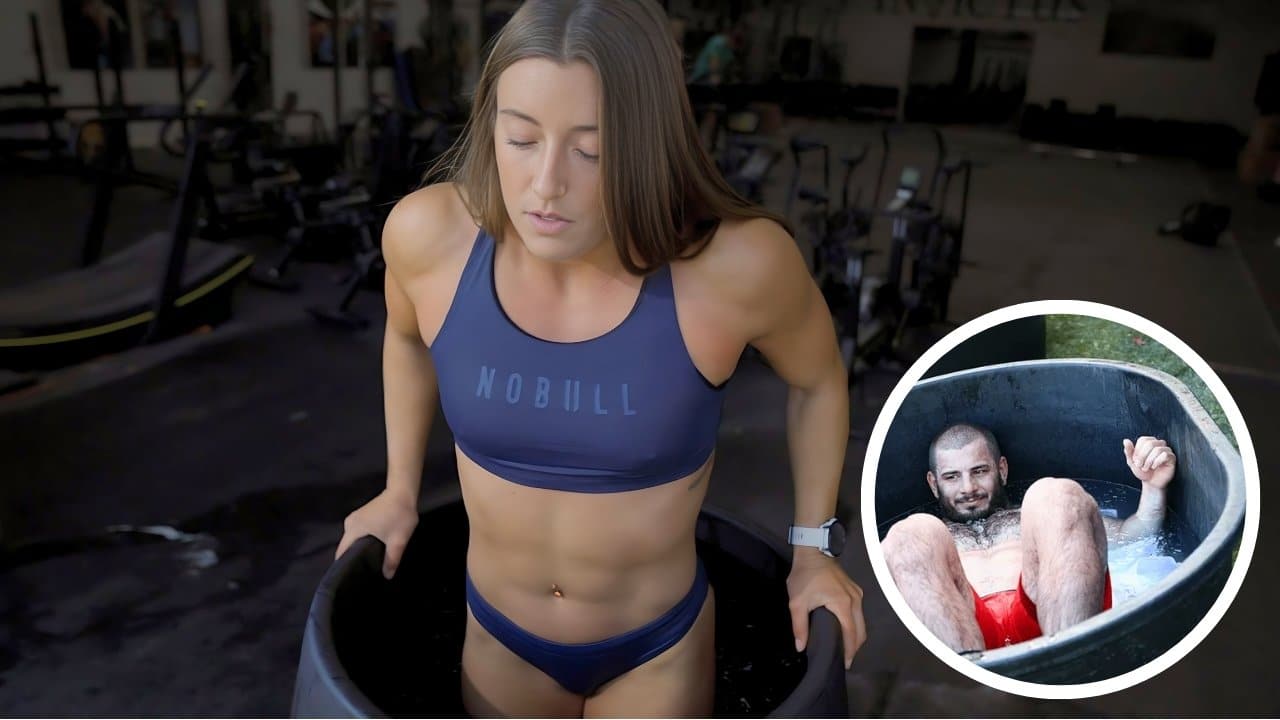Winter swimming, a tradition in some Scandinavian countries, involves brief dips in icy waters, often paired with sauna sessions.
A study investigates the impact of this repeated cold exposure on brown adipose tissue (BAT) and overall calorie expenditure in healthy young men.
The findings could shed light on the potential metabolic benefits of cold exposure practices.
Jump to:
Understanding BAT
Brown adipose tissue (BAT) is a special type of fat that burns calories to generate heat, particularly in cold environments. While research has primarily focused on small mammals, this study delves into how regular cold exposure might influence BAT function and metabolic rate in humans.
Methodological Framework
Participant Demographics
Research involved two distinct groups for comparison: regular winter swimmers and a control group consisting of non-swimmers, all young, healthy males.
Assessments Employed
Participants were evaluated through PET scans for BAT activity, cold exposure tests to measure thermogenic response, and ongoing temperature monitoring to record any diurnal changes.
Key Findings: Cold Exposure and Calorie Burning
Enhanced Cold Response:
Winter swimmers have a lower resting core body temperature than non-swimmers. However, when exposed to cold, they demonstrate a much stronger heat production response. This suggests they may have heightened calorie-burning mechanisms, possibly due to BAT adaptations.
Less BAT at Rest:
Interestingly, when not actively facing cold, winter swimmers show reduced BAT activity. This could be the body’s way of conserving energy when warmth isn’t a priority.
Time of Day Matters:
Winter swimmers displayed unique daily skin temperature patterns, with a distinct peak in the early morning. This suggests their bodies may have adjusted temperature regulation rhythms due to regular cold exposure.
Can Cold Plunges Mimic These Effects?
The study demonstrates that winter swimmers have adapted to burn more calories when facing cold conditions. But can everyday people achieve similar benefits from practices like cold plunges?
While more research is needed, the evidence is promising. This study, combined with others, suggests short bouts of cold exposure can stimulate BAT activity and may offer metabolic advantages. However, the intensity and frequency of cold exposure in winter swimmers make direct comparisons difficult.
The Takeaway
This study highlights the complex ways our bodies adapt to cold exposure. While the specific results may not directly translate to occasional cold plunges, it does support the potential of using cold exposure to enhance the body’s calorie-burning capacity.
Disclaimer: It’s essential to consult a healthcare professional before starting any cold exposure practices, especially if you have underlying health conditions.














